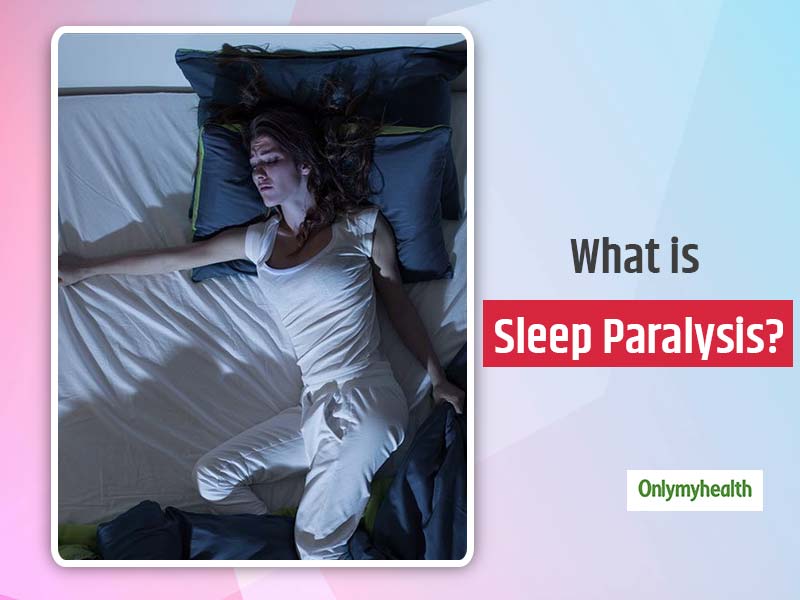
Sleep paralysis is a condition in which person is aware but incapable to move or speak during waking up or falling asleep. This may last for less than a couple of minutes. A person may experience hallucination as well where he or she may encounter fear. 8% - 50% have experienced this situation at least once in their life whereas 5% people suffer it on regular basis.
Table of Content:-
Causes of Sleep Paralysis
Sleep paralysis may prevail in those with narcolepsy, atonic seizure, and hypokalemic periodic paralysis or it may run in families (genetic) . Other causes can be sleep deprivation, psychological stress, or abnormal sleep cycles. But the underlying reason is dysfunction in Rapid eye movement sleep (REM sleep or REMS). REM is a rapid movement of the eyes in mammals, supported with muscle relaxation and the propensity of the sleeper to dream vividly. But if you wake in between before the episode ends then you may unable to speak or move and undergo hallucinations as a result of sleep paralysis. Use of certain medications, such as those for ADHD can also be a cause of this attack.

Signs and symptoms
The main symptoms is inability to move or speak during awakening. One may experience various sounds such as hissing, humming, static, zapping and buzzing noises during sleep paralysis. A person can also hear voices, whispers and roars which can lead to panic or fear in the person.
People may go through a feelings of being dragged out of bed or of flying, numbness, electric tingles or vibrations going through their body.
Also Read: Why Is Sleep Apnoea Known As A Silent Killer?

The person suffering from sleep paralysis can show the symptoms of hypnagogic hallucinations where a supernatural creature suffocating or frightening the individual, and feeling of pressure on one's chest and difficulty in breathing. A person may also see a menacing shadowy figure in his or her room , while the person is paralyzed.
Prevention Tips
For the treatment of this problem no drug has been discovered till date but there are therapy sessions. Also here are ways to prevent sleep paralysis-
- Sleep on your side position instead of back because in majority cases back position while sleeping triggers them.
- During this attack try to stay calm and focus on your breathing. Staying focused and understanding the things happening around can help you to get release from the paralysis faster.
- Try to move a single muscle, it can be your toe or a finger by this way your body will start responding and will end the attack.
- Make small noise with your breathing so that person beside you can get alert and you will have more control which will help you to wake faster .
Also Read: Sleep Apnea In Diabetics May Cause Blindness

- Limit or stop the exposure of light while sleeping. A night light in your bedroom or the light left on in the adjoining bathroom or kitchen can disrupt sleep. Darkness helps the most in good night’s rest.
- Switch off your phones or any other device because notification or any other sounds, flash light and vibrations can disturb your sleep .
- Ensure you have a comfortable sleep. Your mattress is important in this case also, ensure the bedroom temperature is cosy, and you have easy access to yours blankets and when the body temperature drops at night.
- Exercise or work out so that your body is tired and you fall asleep easily Tired muscles will allow the brain to slip into a deeper restorative sleep. One can Play a sport or go for a walk or jog a few hours before bedtime .
Read More in Other Diseases
How we keep this article up to date:
We work with experts and keep a close eye on the latest in health and wellness. Whenever there is a new research or helpful information, we update our articles with accurate and useful advice.
Current Version